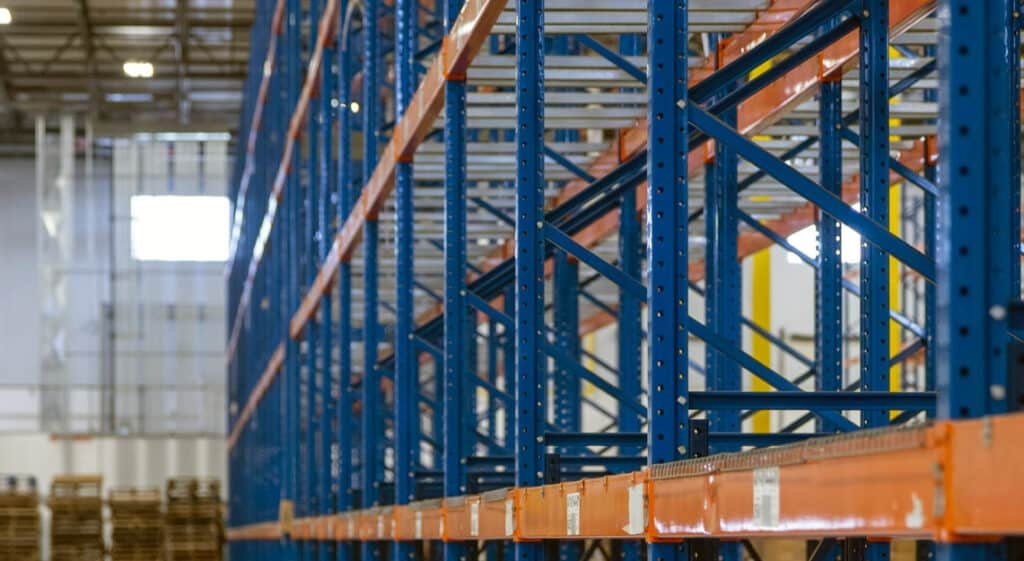An essential component of managing industrial warehouse space is the utilization of shelving and racking. To provide the best outcomes, however, they must be appropriately evaluated for their full potential and size. Effective use of them will also lower the possibility of workplace dangers that might cause property damage or even death. Make a list of everything you have: the units that remain in good working order, the damaged ones that need to be replaced, and maybe even the ones that don’t meet the demands of your business or are extras that aren’t necessary. For commercial storage, Mrspace offers the best-made mezzanine floor available.
Suggestions for Optimising Storage Utilisation
- Arrange and strategize to achieve optimal efficiency. The most effective method of organizing space in a design will be to measure and work with precise values.
- Calculate the total amount of storage space and the amount of goods you can store efficiently by measuring each unit and multiplying the result by the entire amount of shelving units.
- You may design the arrangement of your storage space using the information above.
- Make sure you plan well enough to cover every region while creating the layout. Enough optimization is required to provide worker safety, a workspace, and convenient access to merchandise that is kept in storage. Before deciding which choice is ideal for your area, you might need to weigh a few.
- Think about spending money on better-quality racking and transporting materials systems or more recent designs. Your solutions’ efficiency will increase with the latest solutions, which optimize managing storage to new heights.
Considerations for Shelving Capacity Calculation
Industrial warehouses often employ shelving units as a well-organized storage solution. Their benefit over racks stems from the fact that they provide more easily accessible storage alternatives due to their lower height. However, for shelves to perform at their best, their capacity must be accurately determined. Even a shelf unit that is fastened or fixed to the floor may become dangerous if the shelving capacity is not taken into consideration when utilizing the device.
Before using a shelf unit for storage, you should consider the following five crucial questions:
- What measurements do your shelf units have? These may have equal significance to weighted capacity.
- What is the duration of system usage? As shelving gets older, it usually loses the capacity to hold items.
- Has there been any structural or design modification to the shelving unit? This may have an impact on capacity as well.
- Are you using the shelf unit as a floor-mounted fixture or as a transportable storage solution?
- Which goods or machinery are placed in the shelving units?
- By providing answers to these questions, you will obtain the dimensions and structural information required to maximize the functionality of your shelving units.
Unit capacity data is frequently available at the time of purchase from Display Rack Supplier Malaysia. However, it is advisable to get in touch with the manufacturer and obtain the necessary information from them if you are unable to obtain this information. It starts with this, the simplest step. You may organize your items or equipment in each unit by using dimensional measures in addition to weight measurements. When utilizing the product, there are a few things to consider after you’ve determined its maximum carrying capacity.
